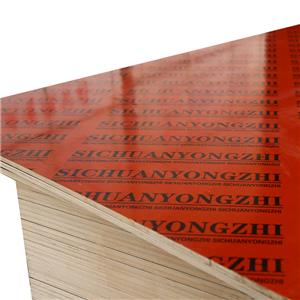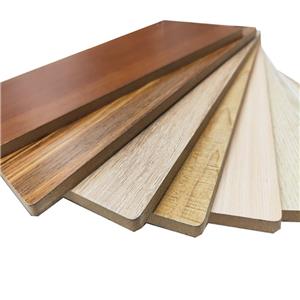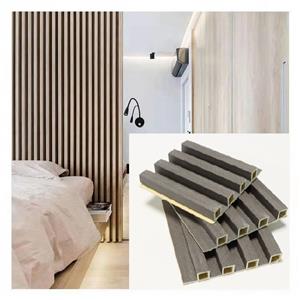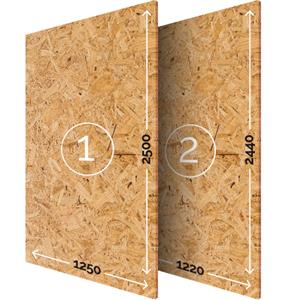Installation case
Project Overview:
A suburban development project aimed to construct a series of modern and affordable homes while maintaining high-quality construction standards. The choice of building materials played a crucial role in achieving this balance. OSB emerged as a key component due to its structural capabilities, cost-effectiveness, and ease of use.
Subflooring and Sheathing:
OSB was employed as both subflooring and wall sheathing in the residential units. Its layered composition, with strands of wood oriented in different directions, provided dimensional stability and strength. This made OSB an ideal choice for creating a solid and level subfloor, ensuring a stable foundation for the flooring materials that would follow.
Advantages in Construction:
Structural Integrity: OSB's high strength and uniformity ensured that the homes had a reliable and robust structural framework. It provided a solid base for load-bearing walls and contributed to the overall stability of the structures.
Ease of Installation: The homogeneous nature of OSB allowed for easy cutting and installation. Construction crews could quickly and efficiently work with OSB panels, speeding up the construction timeline without compromising on quality.
Cost Efficiency: OSB proved to be a cost-effective alternative to traditional plywood. The cost savings in material expenses contributed to the project's overall affordability, aligning with the goal of creating budget-friendly homes.
Weather Resistance:
Given the variability of weather conditions in the region, the moisture resistance of OSB played a critical role. The engineered wood strands, combined with the application of water-resistant adhesives, ensured that the OSB panels resisted swelling and delamination even during periods of high humidity or rain.
Energy Efficiency:
OSB's insulating properties contributed to the energy efficiency of the homes. As a sheathing material, it provided an additional layer of insulation, helping to regulate indoor temperatures and reduce the overall energy consumption for heating and cooling.
Interior Applications:
Beyond structural elements, OSB found applications in interior finishes. It was used for creating custom cabinetry, built-in shelving, and other interior components. Its smooth surface allowed for easy finishing, whether through painting, staining, or veneering, adding to the aesthetic appeal of the homes.
Environmental Considerations:
The OSB used in the project was sourced from responsibly managed forests, adhering to sustainability standards. This consideration aligned with the increasing emphasis on environmentally friendly construction practices.
Project Outcome:
The residential units constructed with OSB demonstrated longevity, structural integrity, and affordability. Homeowners appreciated the durability of their homes, and the project's success paved the way for future developments that incorporated OSB as a primary building material.
Conclusion:
This case study illustrates how Oriented Strand Board, with its strength, versatility, and cost-effectiveness, plays a pivotal role in residential construction. As the construction industry continues to evolve, OSB remains a reliable and innovative choice, contributing to the creation of durable and sustainable homes for communities worldwide.




